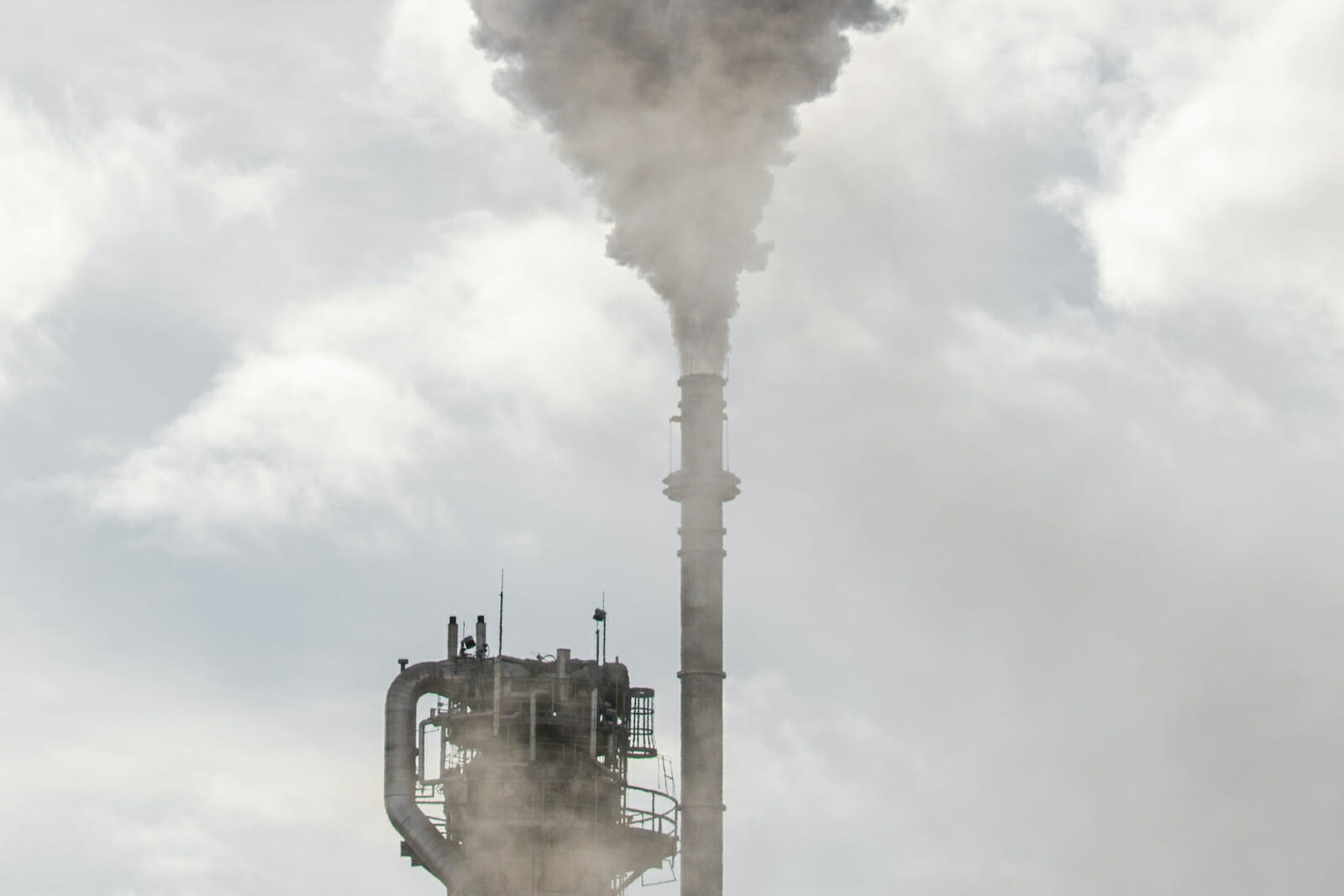
America May Have Reentered the Paris Climate Agreement, but it’s Not Time to Celebrate
Jubilation was spreading throughout social media last week after the United States reentered the Paris Climate Agreement. Leftists, liberals, and even some Republicans were praising the Biden administration’s decision to rejoin the international climate accord in the hope of avoiding the devastating impacts of climate change. Unfortunately, we are celebrating too early.
The idea that the Paris Agreement is sufficient to solve climate change or any of the coming natural tragedies is sadly misguided. It falls short on several fronts.
Most notably, the structure of the agreement breeds inefficiency. Each country sets its own targets, and there are no mechanisms to ensure that they are met. Some nations like Russia, the world’s fifth-leading emitter, did not even bother to make a pledge.
The agreement really only addresses one aspect of climate change: greenhouse gas emissions. Emissions are a major contributor to the greenhouse effect, among other problems, but they are still only one piece of a much more complex puzzle. We are entering an entirely new phase of earth’s story, termed the Anthropocene. A geological era dominated by humans, this unique period stands out in natural history as the globe and all its life is almost entirely impacted by humanity. Although this may not seem so bad stated in simple terms, the mass extinction of animals and plants will have detrimental effects on the earth’s biodiversity as well as our own lives too. And this extinction is happening in real-time.
As of 2020, 515 documented vertebrate species had fewer than 1,000 individuals left. This is just the known number. The estimated figure facing extinction is one million. As reported by Dinyar Godrej, a journalist covering climate change for the New Internationalist, between 1970 and 2016 the global population of wild mammals, birds, fish, amphibians, and reptiles dropped by 68%. This is inextricably linked with rapid trends in deforestation and habitat destruction, issues that the Paris Climate Agreement does not address.
Since humans started cutting them down, we’ve lost 46% of the world’s trees, according to National Geographic. A vast majority of this has occurred in the last 150 years. The world’s most famous rainforest, the Amazon, has lost 17% of its area, mostly to agricultural development. The destruction of these trees compounds our issues with carbon emissions, as they act as an important weapon to fight climate change through carbon absorption. We can solve emissions, but if we don’t also solve the issues of biodiversity loss, habitat destruction, deforestation, and overfishing, what was the point?
Even in the Paris Agreement’s best-case scenario, if all nations meet their targets, it still wouldn’t meet what scientists say is necessary to stabilize the climate, below a 1.5°C increase in temperature compared to preindustrial levels. Sir Robert Watson, the former chair of the Intergovernmental Panel on Climate Change says the world is on a path to between a 3°C and 4°C increase by the end of the century. In a report by the Universal Ecological Fund, Sir Watson and several other climate scientists attest that the agreement is nowhere near ambitious enough. They claim that in order to achieve the Paris Agreement’s goal of keeping warming below 1.5°C, emissions must be cut by 50% by 2030. The signers of the agreement are nowhere near that. The report found that almost 75% of the 184 pledges were partially or totally insufficient. According to the nonprofits Climate Analytics and NewClimate Institute, if governments meet their pledges, the earth will still see a 2.7°C bump. This is if these nations do end up meeting their promises.
This too is quickly showing to be a pipe dream. The Universal Ecological Fund finds that at least 130 nations, including four out of the five top emitters, are not currently on track to meet the Paris Climate Agreement’s goal. According to BloombergNEF’s G20 Zero-Carbon Policy Scoreboard, none of the G20 countries have implemented the policy required to meet their pledges.
If these pledges aren’t both made more ambitious and actually met, the consequences will be dire. Heat waves will batter regions, stunting crop yields and potentially causing famine. Other parts of the world will be more prone to floods, creating similar consequences. Rising sea-levels, only worsening with a positive feedback loop, could submerge coasts across the globe, even threatening the very existence of certain island nations. Fisheries could become depleted due to ocean acidification and some scientists even believe that pandemics will grow more frequent. While all of these may seem like worst-case scenarios, many experts assert they’re very real possibilities if major changes are not made.
For climate activists and concerned citizens alike, President Biden’s fulfilled promise to rejoin the international accord is encouraging. Yet, it’s critical to acknowledge these realities. Pointing out these deficiencies isn’t to paint a picture of gloom. Rather, it’s solely to bring light to the fact that more needs to be done, and onlookers should not merely move on to the next story after this small progress. Instead, if they do want to address climate change successfully, they should demand more.

